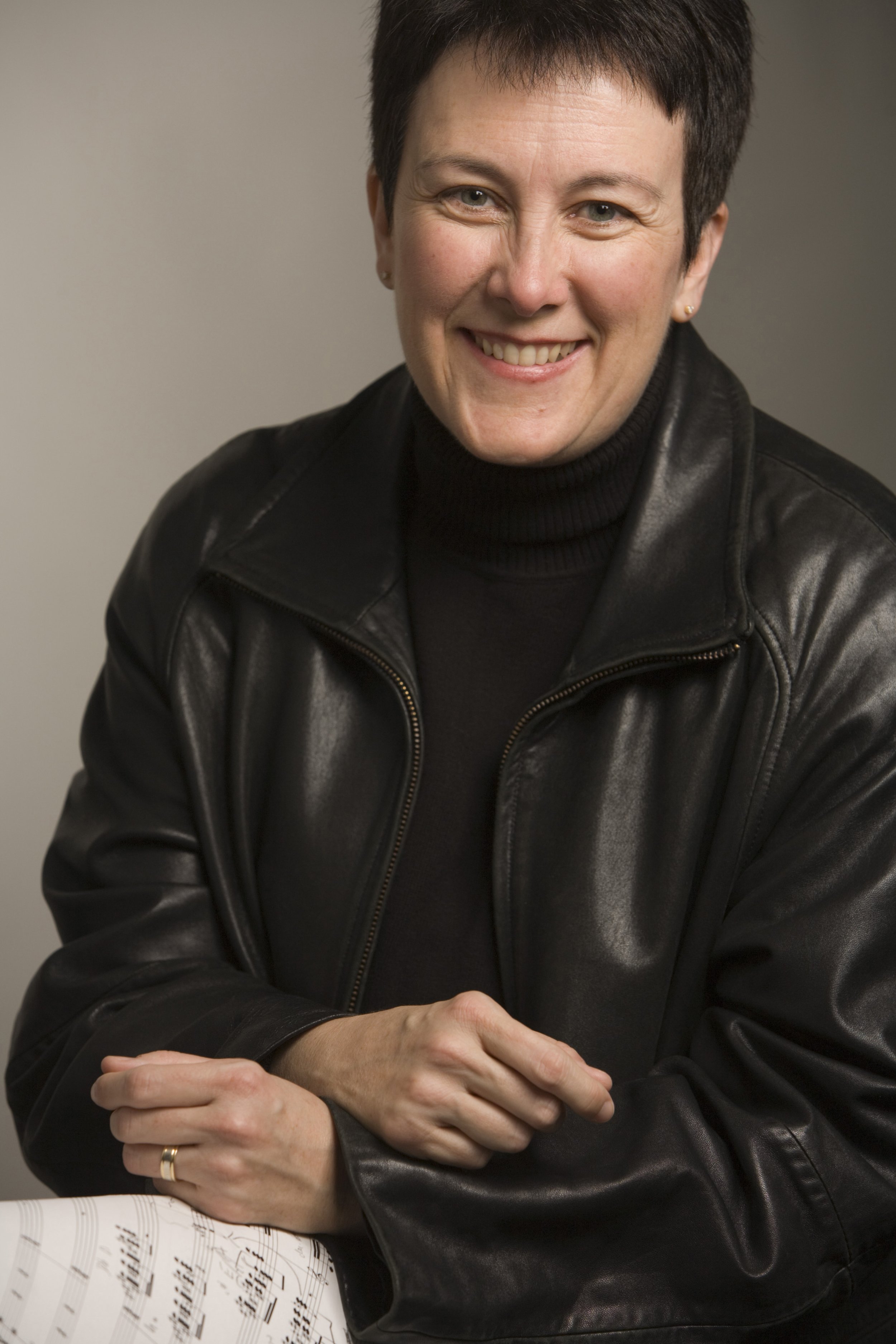Adolphus Hailstork
(b. 1941)
(b. 1941)
Epitaph For A Man Who Dreamed (1979)
This beautiful piece of music is so many things: a tribute, a reflection on our society’s struggle for equality, and a call to action to carry on the dreams of a great man - Dr. Martin Luther King Jr.
In an interview about his work, Hailstork says, "I believe that African Americans deserve to have the same homage paid to their suffering, and to their glories when they occur, as has happened throughout all of Western history. "
And he does just that in Epitaph. There are no better words to describe the feelings and intentions behind the music than in the composer’s own notes:
A great man is being buried. A few mourners ring the gravesite singing a spiritual. Gradually, more bereaved gather and join in (strings). They reflect upon their memories of hopes and dreams inspired by their fallen leader. The service concludes and the bowed heads begin to lift. They will carry on. Technically the piece is a study in understatement and control. There is no virtuosity. There are no sudden dramatic shifts. Harmony is simple, coloration is medium to dark. There is a very restrained and careful control of climax, there being only one at the end of the work.
Hailstork - Epitaph | Higdon - Cathedral | Shostakovich - Symphony 5 | Table of Contents
Jennifer Higdon
(b. 1962)
(b. 1962)
Blue Cathedral (1999)
Blue…like the sky. Where all possibilities soar. Cathedrals…a place of thought, growth, spiritual expression…serving as a symbolic doorway into and out of this world. Cathedrals represent a place of beginnings, endings, solitude, fellowship, contemplation, knowledge and growth. These were my thoughts when The Curtis Institute of Music commissioned me to write a work to commemorate its 75th anniversary. Curtis is a house of knowledge--a place to reach towards that beautiful expression of the soul which comes through music. Coming to the writing of this piece at a unique juncture in my life, I found myself pondering the question of what makes a life. The recent loss of my younger brother, Andrew Blue, made me reflect on the amazing journeys that we all make, especially at a place like Curtis, where the pursuit of "the singing soul" is what music and life are all about. This piece represents the expression of the individual and the whole of the group…our journeys and the places our souls carry us.
— jennifer higdon
Commissioned by The Curtis Institute of Music
Premiered May 1, 2000
by The Curtis Symphony Orchestra
Robert Spano, conducting
Academy of Music
Philadelphia, Pennsylvania
Hailstork - Epitaph | Higdon - Cathedral | Shostakovich - Symphony 5 | Table of Contents
Dmitri Shostakovich
(1906-1975)
(1906-1975)
Symphony No. 5 in d minor Op. 47. (1937)
In the same vein as our fellow 20th century composers in this program, the history behind Symphony No 5 is full of struggle and triumph in overcoming.
Shostakovich lived in turbulent times, as an artist under soviet rule. He rose to success at 19 with his First Symphony. Unfortunately, he fell out of favor with Stalin’s taste around the time of his Lady Macbeth of Mtensk and his Fourth Symphony. Therefore the Soviet press assailed him with two major editorial attacks within the span of 10 days. “I’ll never forget that day - the bitterness that has colored my life grey”, Shostakovich said, as he was labeled an “enemy of the people”
And yet he continued to work and create beautiful music. By the time his Fifth Symphony was performed, the tides of Soviet favor had turned back towards - he was politically rehabilitated and was thrust into immense success. This work was credited as “the Soviet artists’ answer to just criticism” - a snarky reference to the prior government endorsed attacks of his works.
Russian-born pianist Heinrich Neuhaus called the work "deep, meaningful, gripping music, classical in the integrity of its conception, perfect in form and the mastery of orchestral writing—music striking for its novelty and originality, but at the same time somehow hauntingly familiar, so truly and sincerely does it recount human feelings". From the forceful moments in the first movement, to the beautiful, long string melodies in the Largo, to its assertive climax, this piece takes one on an emotional journey of struggle and rejoicing.
Hailstork - Epitaph | Higdon - Cathedral | Shostakovich - Symphony 5 | Table of Contents



